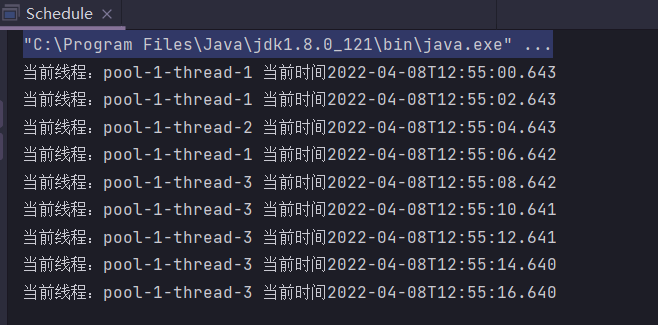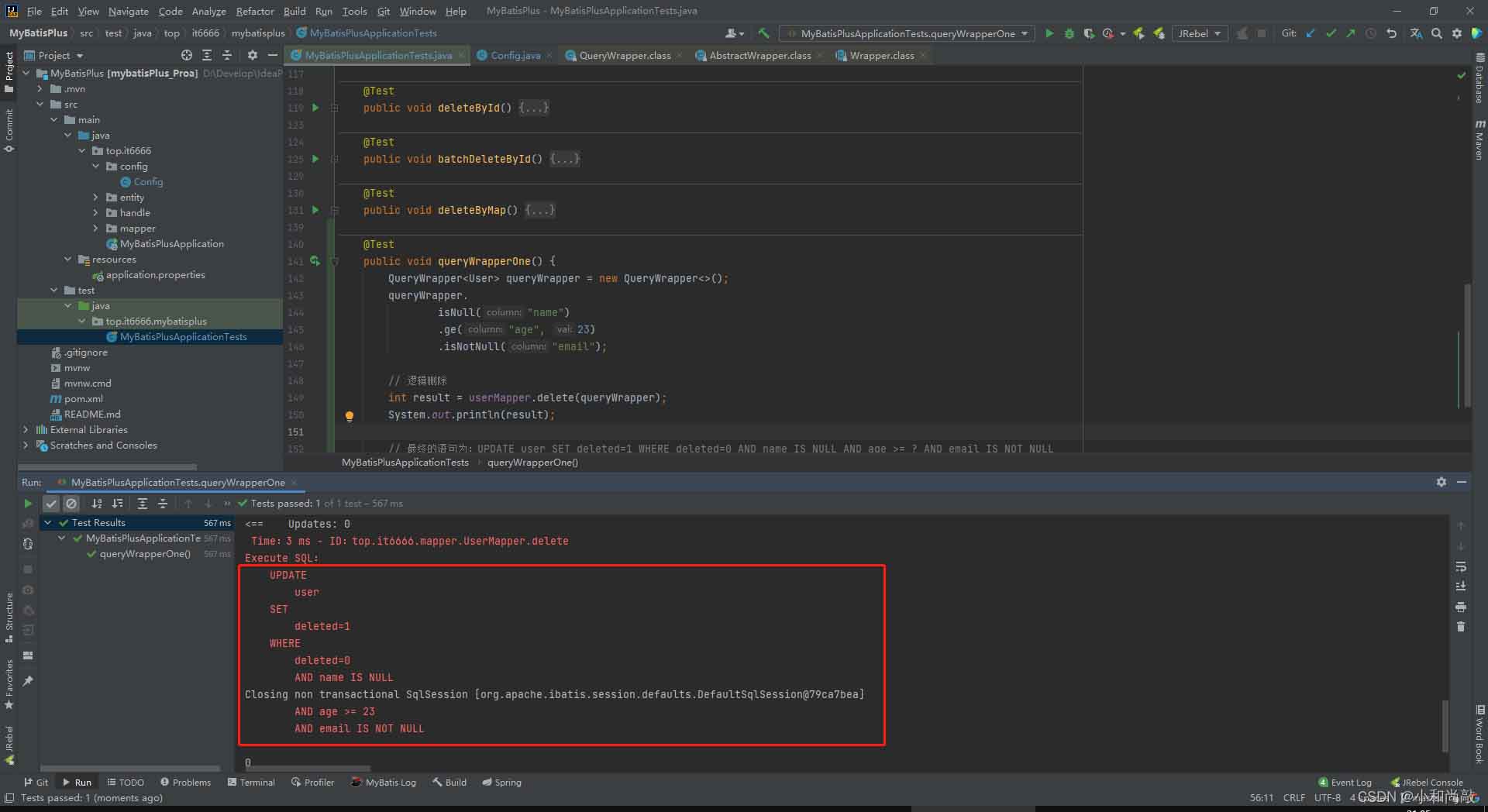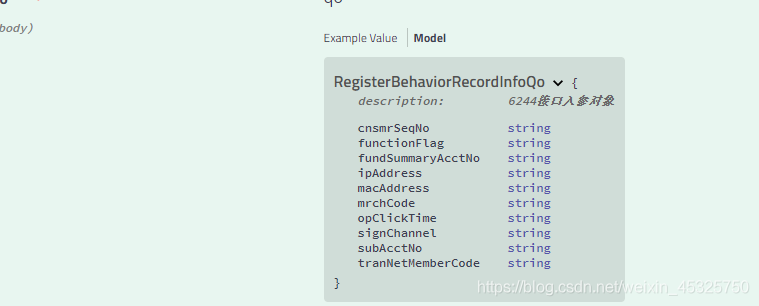Spring支持按照条件来注入某些特定的bean,这也是SpringBoot实现自动化配置的底层方法,文中的示例代码讲解详细,需要的可以参考一下
简介
说明
本文用实例介绍Spring的条件注入的用法。
@Component、@Configuration+@Bean都可以与条件注入的注解结合。
@Component+条件注解
Bean
package com.example.config;
import org.springframework.boot.autoconfigure.condition.ConditionalOnProperty;
import org.springframework.stereotype.Component;
@Component
@ConditionalOnProperty(name = "custom.myComponent.enabled", havingValue = "true")
public class MyComponent {
public MyComponent() {
System.out.println("[MyComponent#MyComponent]");
}
}application.yml
custom:
myComponent:
enabled: true
运行结果:
[MyComponent#MyComponent]
若将application.yml的custom.myComponent.enabled去掉,或者设置为非true值,则不会输出上边的运行结果。
@Configuration+@Bean+条件注解
Bean
package com.example.config;
public class MyComponent {
public MyComponent() {
System.out.println("[MyComponent#MyComponent]");
}
}配置类
package com.example.config;
import org.springframework.boot.autoconfigure.condition.ConditionalOnProperty;
import org.springframework.context.annotation.Bean;
import org.springframework.context.annotation.Configuration;
@Configuration
public class MyConfig {
@Bean
@ConditionalOnProperty(name = "custom.myComponent.enabled", havingValue = "true")
public MyComponent getMyComponent() {
return new MyComponent();
}
}application.yml
custom:
myComponent:
enabled: true
运行结果:
[MyComponent#MyComponent]
若将application.yml的custom.myComponent.enabled去掉,或者设置为非true值,则不会输出上边的运行结果。
@Configuration+条件注解+@Bean
Bean
package com.example.config;
public class MyComponent {
public MyComponent() {
System.out.println("[MyComponent#MyComponent]");
}
}配置类
package com.example.config;
import org.springframework.boot.autoconfigure.condition.ConditionalOnProperty;
import org.springframework.context.annotation.Bean;
import org.springframework.context.annotation.Configuration;
@Configuration
@ConditionalOnProperty(name = "custom.myComponent.enabled", havingValue = "true")
public class MyConfig {
@Bean
public MyComponent getMyComponent() {
return new MyComponent();
}
}application.yml
custom:
myComponent:
enabled: true
运行结果:
[MyComponent#MyComponent]
若将application.yml的custom.myComponent.enabled去掉,或者设置为非true值,则不会输出上边的运行结果。
自定义Condition
自定义的condition的matches方法返回值为true时,才会创建bean。
条件类
//判断当前系统是否是Mac
import org.springframework.context.annotation.Condition;
import org.springframework.context.annotation.ConditionContext;
import org.springframework.core.type.AnnotatedTypeMetadata;
public class MyCondition implements Condition {
@Override
public boolean matches(ConditionContext conditionContext,
AnnotatedTypeMetadata annotatedTypeMetadata) {
return conditionContext.getEnvironment().getProperty("os.name").contains("Mac");
}
}@Configuration
public class Config {
@Conditional(MyCondition.class)
@Bean
public String condition() {
System.err.println("This is mac");
return "";
}
}到此这篇关于Spring示例讲解条件注入方法的文章就介绍到这了,更多相关Spring条件注入内容请搜索编程学习网以前的文章希望大家以后多多支持编程学习网!
本文标题为:Spring示例讲解条件注入方法


基础教程推荐
- Java中EnvironmentAware 接口的作用 2023-01-23
- JavaWeb 实现验证码功能(demo) 2024-04-14
- JSP 动态树的实现 2023-12-17
- Java+mysql实现学籍管理系统 2023-03-16
- 是否适合从javabean类更新数据库? 2023-11-04
- springboot下使用shiro自定义filter的个人经验分享 2024-02-27
- 深入理解约瑟夫环的数学优化方法 2024-03-07
- 使用Java和WebSocket实现网页聊天室实例代码 2024-02-25
- 运用El表达式截取字符串/获取list的长度实例 2023-08-01
- Java编写实现窗体程序显示日历 2023-01-02

















